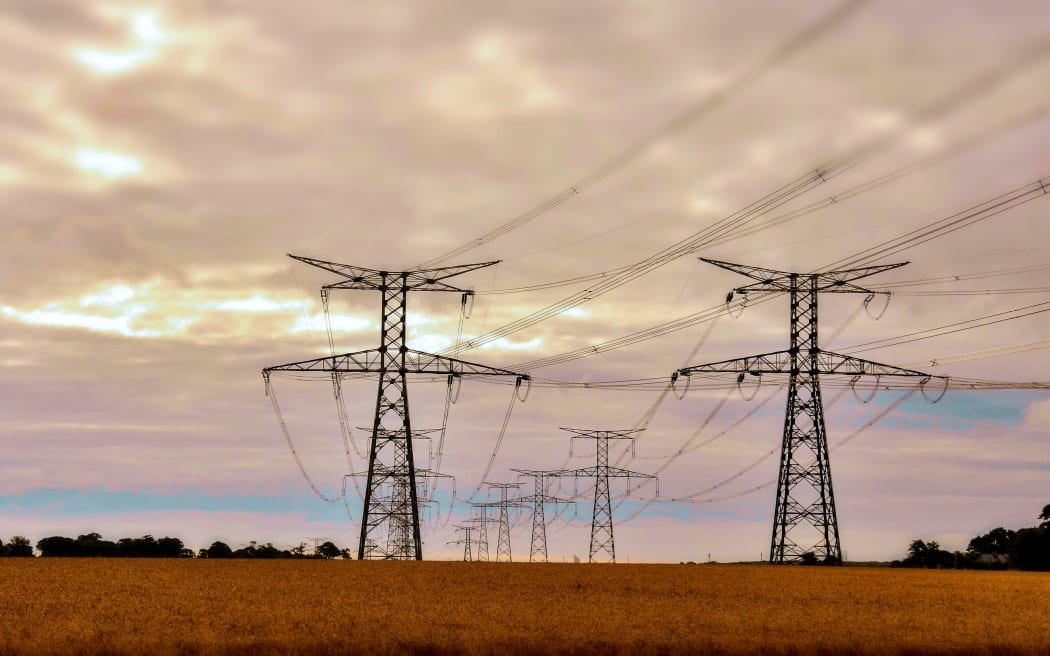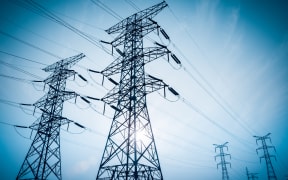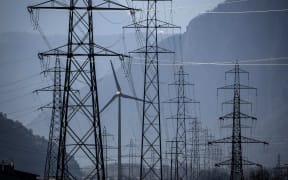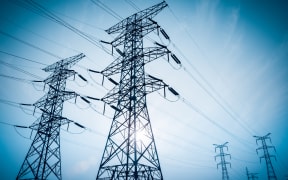
The new pricing system will mean some lines companies and some large industrial customers in the north will pay more because they are further away from where the bulk of power comes from in the South Island. Photo: 123RF
National grid operator Transpower has delivered its prices for the coming year with a mixed bag of rises for some domestic and industrial users and cuts for others.
The state owned enterprise will be allowed to recover $830 million by the Commerce Commission for running the network.
Transpower has divvied up that amount according to the Electricity Authority's transmission pricing methodology (TPM), which was finally settled after a decade or so, earlier this year.
Transpower's head of grid pricing Rebecca Osborne said the way costs of the grid were now allocated has changed significantly under the new TPM.
"The main change ... is a move to a benefit-based approach where customers pay in proportion to the benefit they are expected to receive from some historic and all future transmission investments."
Previously the cost of the Cook Strait cables was charged to South Island electricity generators, with the cost of all other connections carried by local lines companies and major industrial users.
The new system will mean local lines companies and some of the big industrial customers in the north will pay more because they are further away from where the bulk of power comes from in the South Island.
But North Island generators will start paying a share of the inter-island connections and South Island generators will contribute less.
"The authority expects the new approach to transmission charges to encourage investment in renewable generation and electrification of industrial processes," Osborne said.
Consumers in Northland, the east coast of the North Island, and the West Coast face the biggest rises, with Wellington and some South Island areas having price falls.
The final amount that consumers pay will be decided by lines companies, whose charges generally make up between 8 and 10 percent of power bills.
The Electricity Authority earlier in the year calculated the movements would generally be small.
Of the big power users the Tiwai Point aluminium smelter gets a near $10m price cut but the NZ Steel Mill at Glenbrook faces an $11m increase.





